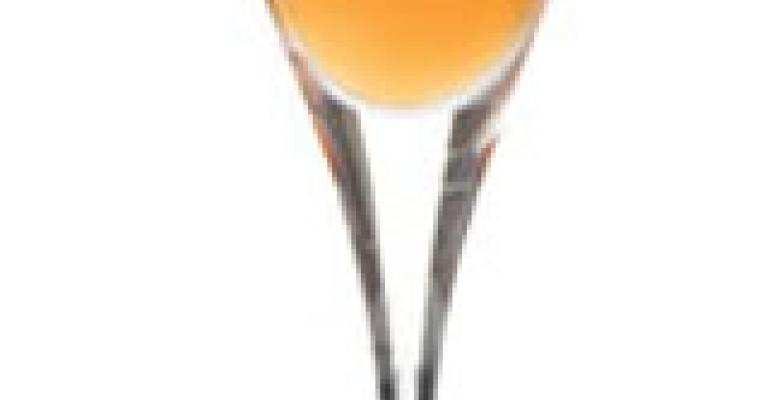It’s something almost all bartenders have at their disposal, but few use it regularly or even give it much thought. Most often, when it is employed, it’s tossed into a cocktail shaker or rocks glass as almost an afterthought, without strict measurement and in a most casual, borderline-reckless fashion. Even the majority of those who use it likely have little understanding of its composition, alcohol content or history.
That mystery substance? Bitters.
For something that was once part of the very definition of a cocktail—the legendary first printed definition of “cocktail” described it as “a stimulating liquor, composed of spirits of any kind, sugar, water and bitters”—bitters now are routinely given short shrift or even ignored altogether, frequently to the detriment of the drink. Don’t think they’re important? Try making a pair of Manhattans, one with bitters and one without, and see which has more character.
As Gary Regan, my predecessor as author of this column, would say: “Bitters are vital to the cocktailian bartender. They can transform a decent drink to a masterpiece by adding depth and complexity and bringing all the other ingredients together in harmony.”
That’s a pretty potent little liquid, then, especially considering that the quantity used usually amounts to no more than a few drops. So what exactly is this magic elixir, anyway?
Bitters were once medicine, created from any number of different combinations of herbs, barks, flowers and fruits, all macerated and steeped in alcohol. And strictly speaking, the original gin, genever, belonged to this class. They were invented to treat any number of ailments and were originally consumed on their own, particularly as a salve against a variety of digestive issues, and in some instances still are today.
That brings us to the subclasses of aperitif bitters and cocktail bitters. As the name certainly indicates, aperitif bitters are usually consumed straight or on the rocks before a meal or, belying their name, afterwards. Most of the denizens of this class hail from Europe, where famous brands are produced in Italy, France, Germany, the Czech Republic and elsewhere, in hues ranging from bright red to deep brown.
Cocktail bitters, on the other hand, are those that come in small bottles and are widely sold in supermarkets, rather than at specialty liquor retailers. Fewer varieties exist, and of those only a small handful are widely available, which has led to a trend of innovative bartenders creating their own.
Aromatic bitters, used in classic drinks like the Manhattan, Old Fashioned and Pisco Sour, are by far the most common and celebrated of this variety, but studious bartenders will want to have a greater range at their disposal. Some of these “extra” varieties include orange bitters—a “must” for any true martini bar, since this was a key ingredient in the original martini recipe—grapefruit bitters and peach bitters. Still others range from nonalcoholic blood-orange bitters to mint bitters and even barrel-aged bitters.
If that’s not enough for you, there’s always the option of following the lead of people like Jamie Boudreau, the creative mind behind




